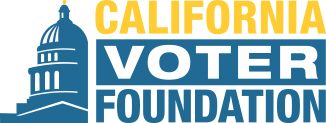Excerpts:
For the upcoming June 7 Primary, California has mailed a ballot to every registered voter in the state. Not every voter will mail their ballot back – some will opt to drop their ballots in person at a voting center, and some voters won’t cast a ballot in the primary at all.
With some 22 million ballots at large, should we be worried about voter fraud? When it comes to ballots and the California election process, Kim Alexander is the person to talk to. Alexander is the President of the California Voter Foundation which she has headed since 1994. Among CVF’s mission goals is advancing voting system security and meaningful auditing of ballots in California and nationwide.

